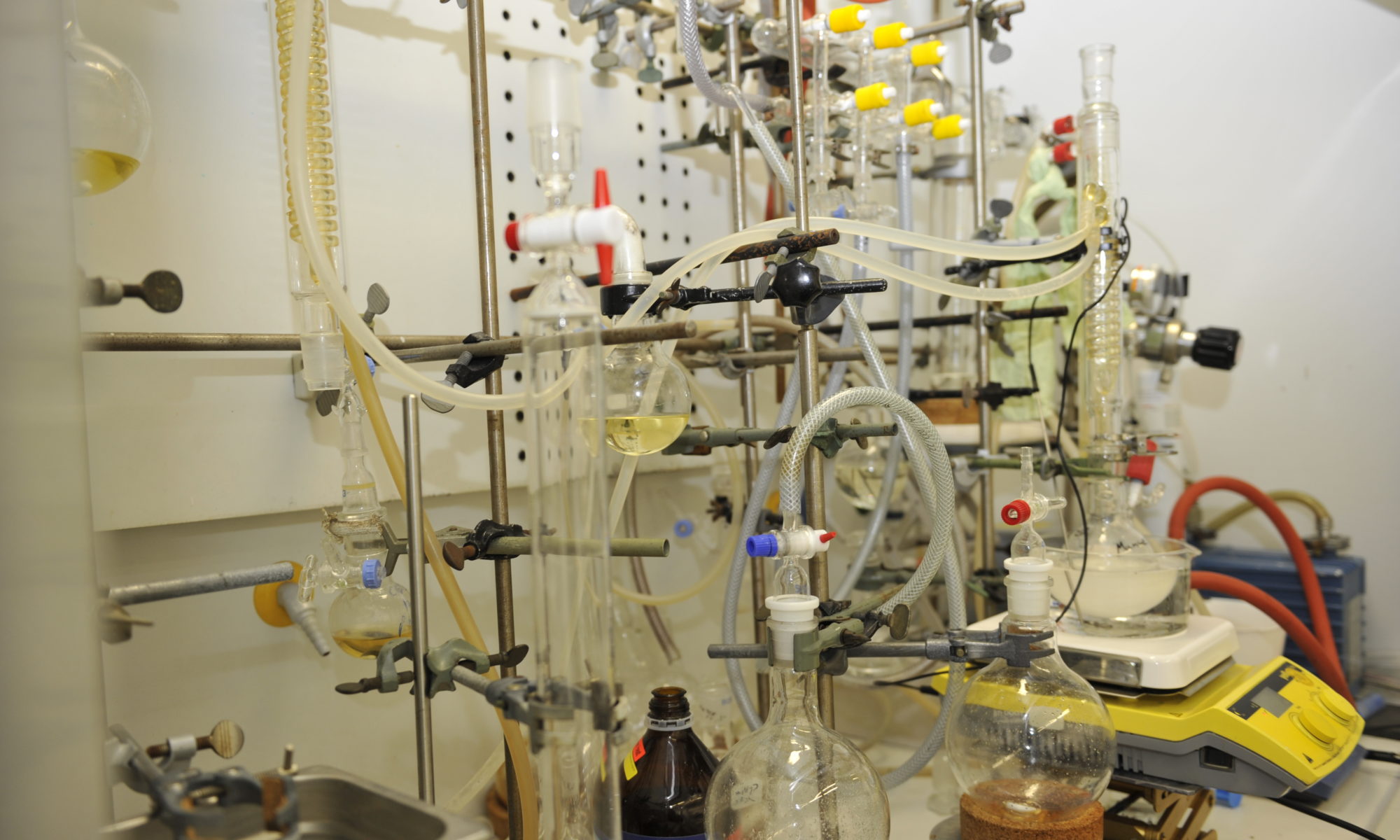Malthe Friis Nielsen
Master Student
Contact: Malthe Friis Nielsen <202007453@post.au.dk>
R &D Project:
Development of ionic liquids for the synthesis of nanoparticles
Nanomaterials have become indispensable for modern life. Many technologies depend critically on nanomaterials with engineered properties and structures. Technological borders could be pushed further if more powerful tools for the tailored synthesis of nanomaterials could become available. Here, ionic liquids (ILs, room temperature molten salts) have the potential to become a true game changer. ILs, which can be built by a wide variety of cation-anion combinations with different functionalities, can act as the reaction medium, particle stabilizing and templating agent all-in-one, sometimes even as the reaction partner. IL based nanomaterial synthesis is faster, safer, and more energy- and atom-efficient than comparable methods. It uses less toxic chemicals, omits the use of auxiliary substances such as stabilizers, and minimizes waste. Through coupling with unconventional synthetic routes (physical vapor deposition, microwaves, ultrasound) that take advantage of their unique properties, ILs become even more powerful in nanomaterials synthesis.
Master Project:
Oxide nanoparticles for photocatalysis – The influence of bi-cationic ionic liquids
Sustainability is one of the fundamental demands of our society and the development of clean
technologies that minimize our environmental footprint is of utmost importance. With an increasing energy and related fuel consumption in the world developing tools for clean energy becomes an indispensable necessity to satisfy demands in a sustainable way. Hydrogen fuel produced through water-splitting using sunlight as the energy source can be regarded as an ultimately green technology. Of similar importance to the environment and to our welfare is cleaning air and water from organic pollutants, for which sunlight could be used too. The strongest limitation for both is the unavailability of potent photocatalysts. We desire to close this technology gap by using ionic liquids (ILs) as the transformative tool in catalyst synthesis allowing for unique control of the factors critically important to photocatalyst quality such as phase, size, morphology and nanostructure.
Recent investigation in the Mudring group revealed that SrIn2O4 prepared by microwave reaction strontium acetate hydrate, indium acetate and NaOH in various ILs showed suitable properties (band gap and band edges) for photocatalytic activity towards H2 generation. Interestingly, it was found that surface area does not influence the photocatalytic activity very much in case of H2 evolution, but it was found that the sample with the highest lattice strain showed the highest H2 evolution rates. This material was prepared from an ionic liquid that contained a biscation, namely [C6(mim)2][Tf2N]2 (C6(mim) – 1,6-bis(3-methylimidazolium-1-yl)hexane ;Tf2N – bis(trifluoromethanesulfonyl)amide).
